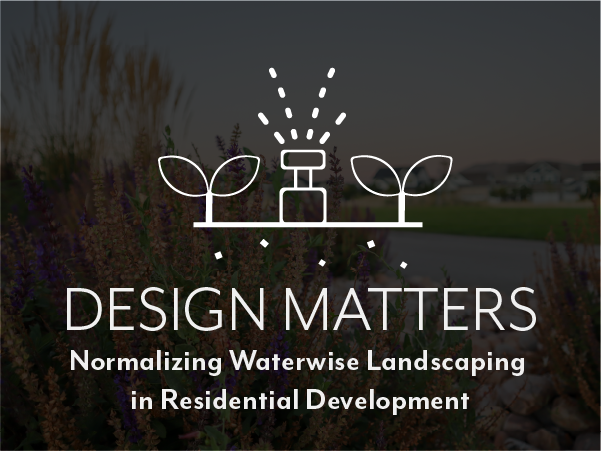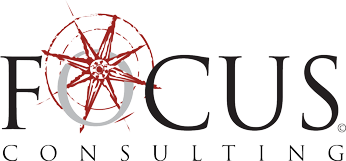
Design Matters: Waterwise Landscaping
Design Matters: Waterwise Landscaping for Utah’s Future
Utah is at a crossroads. Rapid population growth, a housing shortage, climate change, and increasing pressure on our limited water supply are some of the factors colliding at once. We sat down with Emily Aase and McKahl Johnston, landscape architectural designers from our Land Planning department, to discuss Utah’s water shortage and how FOCUS is planning for the future.
For decades, the perfect lawn has symbolized the ideal home. “That tradition traces back to old Europe, where broad green lawns represented wealth. These lawns created space and safety from enemies,” Emily explains. “In England, where rain is plentiful, these aesthetic lawns made sense. In Utah’s desert climate, however, the lawns come at a price.” Rising water costs, metering systems, and growing awareness of the Great Salt Lake crisis have all contributed to slowly shifting attitudes. “People are realizing water is expensive,” says McKahl. “They still want yards that are enjoyable and attractive, but they also want to avoid massive water bills.” In addition, living in a desert state, we cannot afford to treat water as an infinite resource. Emily explains, “Culinary water is treated to be safe for drinking and consumption, yet most of it is not used in homes and instead used on over-irrigated landscapes” she continues, “I think it would be eye opening for people to realize where water is actually being used, and how much water they’re actually using each day.”
Balance in the Design Process
At the same time, people need places to live, children need places to play, and neighborhoods need to feel welcoming. Balancing growth and livability with conservation is essential. Waterwise landscaping is becoming one of the most important ways to achieve that balance. In response, the design process has evolved. “Switching to drip irrigation is one of the simplest and most effective changes people can make,” explains McKahl. “It keeps plants healthy without wasting water on mulch or concrete.” Plant choices are also shifting. Native and drought-tolerant species thrive in Utah’s natural conditions and require far less maintenance than non-native plants. Lawns are still part of the picture, but they are being implemented more strategically. “We are not saying no lawns ever,” Emily explains. “But they should be functional. Grass in a backyard for kids makes sense. A big patch in the front yard that nobody uses does not.”
“In our master planned projects, we include plant palettes, irrigation standards, and resource links directly in the development guidelines. By setting expectations early, we help clients visualize what waterwise neighborhoods can look like,” says McKahl. This effort also creates demand for native species. As more projects request them, nurseries and contractors respond by keeping them in stock, which makes future projects easier to design and build. The biggest challenge may not be technical at all, but rather, cultural. “A lot of people still hear ‘xeriscape‘ and think it means a yard of rocks,” says Emily. “But dense plantings with different textures and bloom cycles can actually create spaces that are more vibrant than turf.” Changing cultural perceptions takes time. As more examples are built, people begin to realize that sustainable landscapes can also be beautiful.
A Resilient Future
FOCUS recognizes that the sooner we adapt, the better prepared we will be for the future. By embracing waterwise landscaping now, we can reduce pressure on municipal systems, save homeowners money, and create resilient communities that preserve resources for generations. By rethinking our landscapes, we can build a Utah that continues to grow without sacrificing the water that makes life here possible.
To partner with FOCUS Engineering & Surveying, contact our team at info@focus-es.com or (801) 352-0075.
